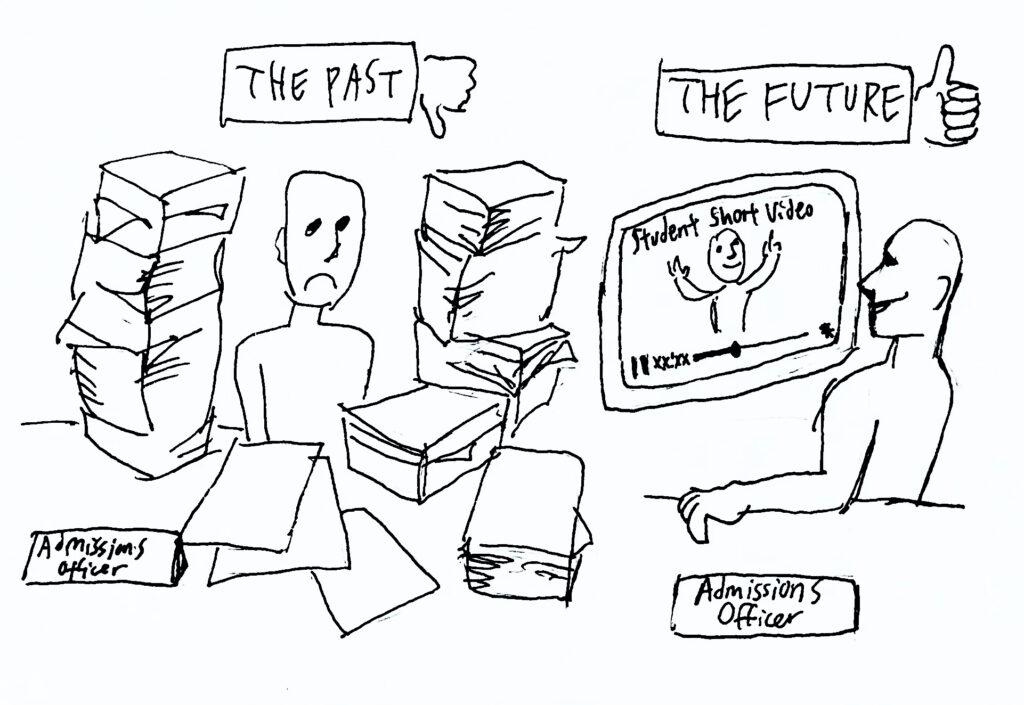A hallmark of every high school senior’s college application process is the “why us?” essay, intended to inform admissions officers about how an applicant would use a particular college’s resources to succeed.
In theory, this essay is a vital filter used to separate determined applicants from a sea of the merely mildly interested. In practice, however, when a senior is applying to over 20 colleges (as is the norm at SHS), the differences between schools — such as between Purdue University and University of Illinois Urbana-Champaign’s Computer Science departments — become superficial. Each essay ends up as a soulless collection of ad-libbed name-drops of departments, classes and professors.
Unfortunately, given the rather formulaic nature of “why us?” essays and recent developments in artificial intelligence, anyone can now generate a passable version for the school they’re applying to, with little risk of being caught. Modern technology has progressed remarkably fast in recent years, but the college application process still relies mainly on text to demonstrate an applicant’s personality and academic aspirations.
A better option for many would be a short video, which would allow applicants to distinguish themselves from their peers, relate their passions in a visual format and leave a stronger impression on admissions officers. The video would take advantage of the sole benefit of the “why us?” essay: allowing students to discover what they genuinely like about the school they’re applying to.
This also introduces the possibility of sophisticated video editing: Applicants would be able to insert images or video clips on top of their voiceover to reinforce their message and stand out from the crowd. As the saying goes, a picture is worth a thousand words.
However, the “why us?” essay still offers a valuable service: Instead of blindly picking schools and majors based on rankings and career outcomes, the essay gives students a reason to research the school and their intended major, which can help them identify specific educational pathways and resources they will actually utilize.
For example, after researching for the “why us?” essay, a student who is generally applying to CS programs but also has an interest in art might discover GeorgiaTech’s Computational Media program or University of Pennsylvania’s Digital Media Design program. This knowledge would help spark a genuine interest in the school, and students’ passions would clearly show through, setting them apart from other applicants.
Our proposed solution to this problem is already being used at some schools: Carnegie Mellon University’s design school, for example, requires applicants to submit a 90-second video introducing themselves and explaining why they want to pursue design at the college. Brown University recommends (but does not require) all applicants to submit a 2-minute video portfolio as a replacement for alumni interviews, which serves as another way for the school to get to know the applicant.
In some ways, of course, a video version of the “why us?” essay has the same downsides as the traditional text essay, but it also holds many more advantages such as communication through tone of voice and body language. Of course, applicants could read off a ChatGPTed or counselor-written script, but this is a problem that plagues text essays as well and would likely come out sounding wooden.
Like written essays, the majority of “why us?” videos will likely be flawed products, but even in the worst-case scenario, a video of the applicant speaking to a camera will provide admissions officers with more information with which to evaluate them than most essays ever could.
























